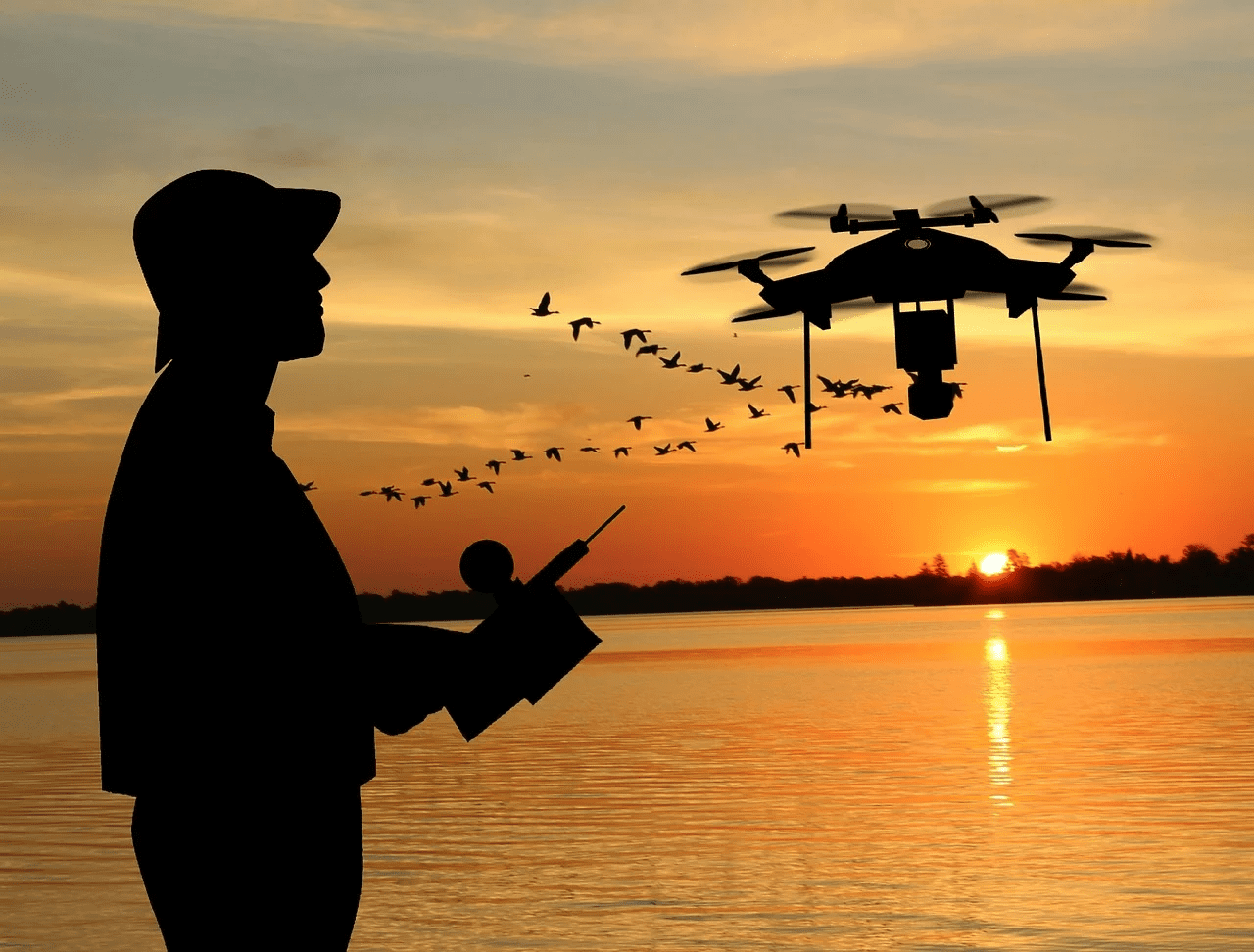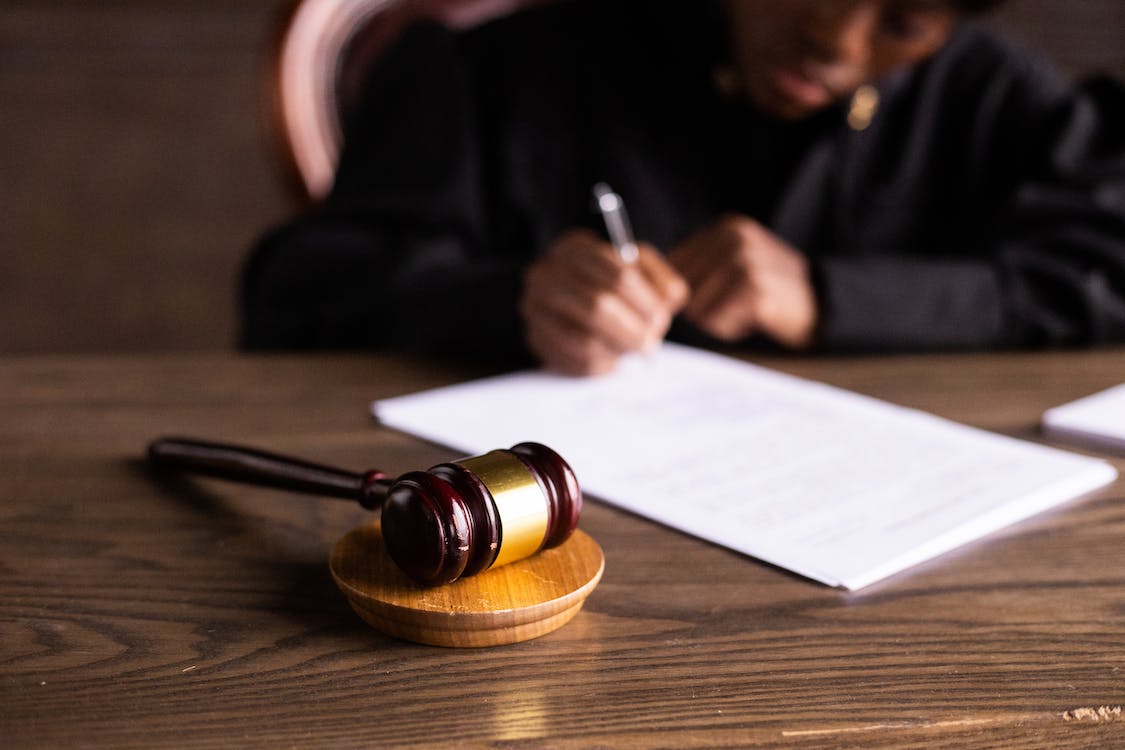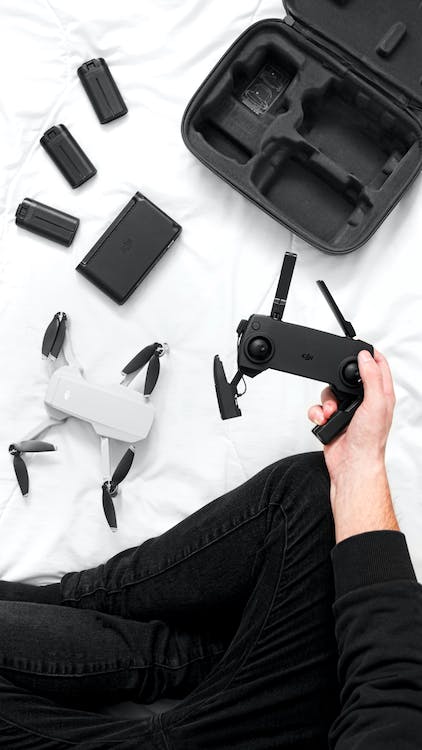7 Common Drones Mistakes

Operating a drone is a hobby for some and an occupation for others. From the thrilling world of competitive racing drones to photography and videography drones that can shoot and record dynamic aerial images, drone piloting is a practiced skill you can expect to develop over time.
Drones can also be very expensive. While beginner’s drones might be in the $50 range, they can easily be a $10,000+ investment. One mistake could result in costly damage, or even steep fines if you fly somewhere you’re not approved to. Before you power up and take your drone to the skies, avoid the seven common mistakes.
1. Not Knowing Drone Laws
While drone rules and regulations vary by country, standard guidelines are in place to enforce safety and security. Double check with the aviation authority in your region to prevent penalties.
The specifics below apply to recreational flights in the United States.
Any drone weighing a minimum of 0.55 pounds must register with the Federal Aviation Administration (FAA). You must also carry the registration certificate with you during the flight. A nominal fee of $5.00 will save you a lot of grief. Without proper registration, a penalty could cost up to $27,500 for a civil violation, criminal fines up to $250,000, and three years of jail according to Yahoo Finance.
Starting September 16, 2023, a drone will need to transmit its unique identifier, altitude, and location to other aircraft in its vicinity from take-off to landing. Law enforcement and federal entities on the ground can access this information in the event a drone trespasses on prohibited areas or flies in a hazardous manner.
Remote ID capability is either (a) built into a drone; (b) attached as a device onto a drone; or (c) transmitted from a feature through a firmware update.
If you don’t upgrade your drone for remote ID compliance, you’re allowed to operate a drone only in FAA-recognized identification areas (FRIAs).

Before flying, a pilot must pass the Recreational UAS Safety Test (TRUST) and show proof of the certificate to law enforcement officers if asked. The 30-minute exam is free.
State and local ordinances may have additional restrictions. For instance, flying at night and flying within five miles of an airport is illegal in Los Angeles.
Restricted and controlled airspace includes airports, national parks, military, and government infrastructures, and areas occupied by emergency responders. Check your local ordinances for other restrictions. Also, download the B4UFLY app to access an interactive map that shows areas where you can fly and where you cannot fly based on your location.
2. Losing the Visual Line of Sight
When your eyes are glued to the video monitor, it’s easy to lose sight of the craft. Soon the drone could fly out of range, lose its GPS signal, and disconnect from your display screen. Now you can’t control what you can’t physically see.
Without your eyes on the craft, potential hazards increase. Your drone might crash, potentially resulting in property damage, or even collide with someone and cause injuries.
Always maintain the visual line of sight when you fly or have an observer keep an eye on the craft to minimize risks.
3. Dismissing the Firmware Updates
Updating the firmware on your craft and flight controller fixes bugs and enhances safety functions such as the Return-to-Home base feature, and improves the overall stability during flight.
The updates can also expand additional features. Some new features may include panoramic shooting, dynamic tracking of your subject, and access to remote ID capability for FAA compliance.
4. Neglecting to Monitor the Battery
Battery life averages 20-30 minutes of flight time on higher-end drones. Where there is a strong GPS signal, drones equipped with GPS technology will establish a home point and later can activate the automatic Return-to-Home base when the battery is low.

However, extreme temperature or a change in the wind’s direction might quickly drain the battery, affecting the precision and accuracy of the craft to track its way home. Worst case scenarios: your drone could die in mid-flight, free fall and crash, or land in a lake. You can find the last GPS coordinates, but the drone might be far out of range, making it difficult to relocate and retrieve.
Avoid the hassles and take these precautions:
Fully charge your drone battery, hand-held controller, and smartphone before flying. You need batteries on all three devices to fly; a phone is unnecessary if your controller is equipped with a display screen for streaming the live feed.
Monitor the battery indicator during flight, making sure you have sufficient power to safely go on and return home.
Charge and store your batteries correctly, using the right chargers authorized by the manufacturers. Monitor the battery health over time and promptly replace any battery reaching its end.
Carry extra battery packs and a power bank in the field.
Attachments or accessories such as landing gears, extension holders, and mountable lights add extra weight to your drone, requiring more power that will rapidly drain your battery. Unload the nonessentials to maximize the flight time.
5. Overlooking the Weather Forecast
High wind, fog, precipitation, extreme heat, or extreme cold can stress the battery and impact the flight time. Poor conditions further decrease your visual line of sight and increase spatial disorientation during flight. Check the most up-to-date forecast and fly only in clear, mild conditions.
6. Forgetting the User Manual
Study the features, warnings, and troubleshooting instructions in your manual. Know the buttons and settings for flight modes and sensors that control the distance, speed, and height of your craft.
The manual may also include a pre and post-flight checklist that protects your craft while ensuring a safe and smooth flight. Review the checklist or create one for reference before deploying your drone.
For a deeper dive, you might want to learn a drone’s anatomy and how its parts are made. Flyaway crashes are common and spare parts can be costly or hard to replace. Researching and understanding the components could help you customize and build your own drone with the parts you need.
Beyond recreational use, drone enthusiasts can further learn how customized components are engineered for high precision and industrial applications.
7. Starting with an Expensive Drone
Drone piloting is a skill that needs to be practiced and improved over time. Chances are high that you will crash your first drone a few times. It’s best to start with a toy drone in the $30-$50 range. A starter drone will help you learn its flight characteristics and how to be easy on the controls.
By taking precautions to avoid these common drone mistakes, you can avoid costly crashes, damage, and fines to help make your drone experience as enjoyable and productive as it can be. Fly safe!




